Step Coverage and Dry Etching Process Improvement of Amorphous Carbon Hard Mask
Abstract
:1. Introduction
2. Materials and Methods
3. Results
4. Conclusions
Author Contributions
Funding
Data Availability Statement
Conflicts of Interest
References
- Park, S.H.; Kim, Y.; Kim, W.; Seo, J.Y.; Park, B.-G. Vertical-Channel STacked ARray (VCSTAR) for 3D NAND flash memory. Solid-State Electron. 2012, 78, 34–38. [Google Scholar] [CrossRef]
- Pauliac-Vaujour, S.; Brianceau, P.; Comboroure, C.; Faynot, O. Improvement of high resolution lithography by using amorphous carbon hard mask. Microelectron. Eng. 2008, 85, 800–880. [Google Scholar] [CrossRef]
- Lee, G.; Hwang, S.; Yu, J.; Kim, H. Architecture and Process Integration Overview of 3D NAND Flash Technologies. Appl. Sci. 2021, 11, 6703. [Google Scholar]
- Ho, C.Y.; Lin, X.J.; Chien, H.R.; Lien, C. High aspect ratio contact hole etching using relatively transparent amorphous carbon hard mask deposition from propylene. Thin Solid Films 2010, 518, 6076–6079. [Google Scholar] [CrossRef]
- Negishi, N.; Takesue, H.; Sumiya, M.; Yoshida, T.; Momonoi, Y.; Izawa, M. Deposition control for reduction of 193 nm photoresist degradation in dielectric etching. J. Vac. Sci. Technol. B 2005, 23, 217–223. [Google Scholar] [CrossRef]
- Kim, J.K.; Cho, S.I.; Kim, N.G.; Jhon, M.S.; Min, K.S.; Kim, C.K.; Yeom, G.Y. Study on the etching characteristics of amorphous carbon layer in oxygen plasma with carbonyl sulfide. J. Vac. Sci. Technol. A 2013, 31, 021301. [Google Scholar] [CrossRef] [Green Version]
- Suhdi, S.; Wang, S.-C. The Production of Carbon Nanofiber on Rubber Fruit Shell-Derived Activated Carbon by Chemical Activation and Hydrothermal Process with Low Temperature. Nanomaterials 2021, 11, 2038. [Google Scholar] [CrossRef] [PubMed]
- Sciammarella, F.M.; Najafabadi, B.S. Processing Parameter DOE for 316L Using Directed Energy Deposition. J. Manuf. Mater. Process. 2018, 2, 61. [Google Scholar] [CrossRef] [Green Version]
- Pohlen, M.; Pirker, L.; Dreu, R. The Potential of Macroporous Silica—Nanocrystalline Cellulose Combination for Formulating Dry Emulsion Systems with Improved Flow Properties: A DoE Study. Pharmaceutics 2021, 13, 1177. [Google Scholar] [CrossRef] [PubMed]
- Lee, S.; Jung, D.; Yang, J.; Boo, J.-H.; Kim, H.; Lee, J.; Chae, H. Characterization of oxygen and nitrogen rapid thermal annealing processes for ultra-low-k SiCOH films. J. Mater. Res. 2008, 23, 856–861. [Google Scholar] [CrossRef] [Green Version]
- Von Keudell, A. Formation of polymer-like hydrocarbon films from radical beams of methyl and atomic hydrogen. Thin Solid Films 2002, 402, 1–37. [Google Scholar] [CrossRef]
- Sugiyama, N.; Hirashita, N.; Mizuno, T.; Moriyama, Y.; Takagi, S. Analysis of growth rate during Si epitaxy by hydrogen coverage model. Mater. Sci. Semicond. Process. 2005, 8, 11–14. [Google Scholar] [CrossRef]
- Lee, S.; Won, J.; Choi, J.; Jang, S.; Jee, Y.; Lee, H.; Byun, D. Preparation and analysis of amorphous carbon films deposited from (C6H12)/Ar/He chemistry for application as the dry etch hard mask in the semiconductor manufacturing process. Thin Solid Films 2011, 519, 6737–6740. [Google Scholar] [CrossRef]
- Borghesani, A.F. Accurate Electron Drift Mobility Measurements in Moderately Dense Helium Gas at Several Temperatures. Atoms 2021, 9, 52. [Google Scholar] [CrossRef]
- Rizo-Gorrita, M.; Luna-Oliva, I.; Serrera-Figallo, M.-A.; Torres-Lagares, D. Superficial Characteristics of Titanium after Treatment of Chorreated Surface, Passive Acid, and Decontamination with Argon Plasma. J. Funct. Biomater. 2018, 9, 71. [Google Scholar] [CrossRef] [PubMed] [Green Version]
- Kim, K.P.; Song, W.S.; Park, M.K.; Hong, S.J. Surface Analysis of Amorphous Carbon Thin Film for Etch Hard Mask. J. Nanosci. Nanotechnol. 2021, 21, 2032–2038. [Google Scholar] [CrossRef] [PubMed]
- Reinke, P.; Jacob, W.; Möller, W. Influence of the ion energy on the growth and structure of thin hydrocarbon films. J. Appl. Phys. 1993, 74, 1354–1361. [Google Scholar] [CrossRef]
- Suenitsu, M.; Nakazawa, H.; Morita, T.; Miyamoto, N. Observation of Hydrogen-Coverage- and Temperature-Dependent Adsorption Kinetics of Disilane on Si(100) during Si Gas-Source Molecular Beam Epitaxy. Jpn. J. Appl. Phys. 1997, 36, 625. [Google Scholar]
- Cao, Y.Z.; Liang, Y.C.; Dong, S.; Sun, T.; Wang, B. Effects of the Substrate on the Determination of SEBS Thin Film Mechanical Properties by Nanoindentation. Key Eng. Mater. 2006, 315–316, 766–769. [Google Scholar] [CrossRef]
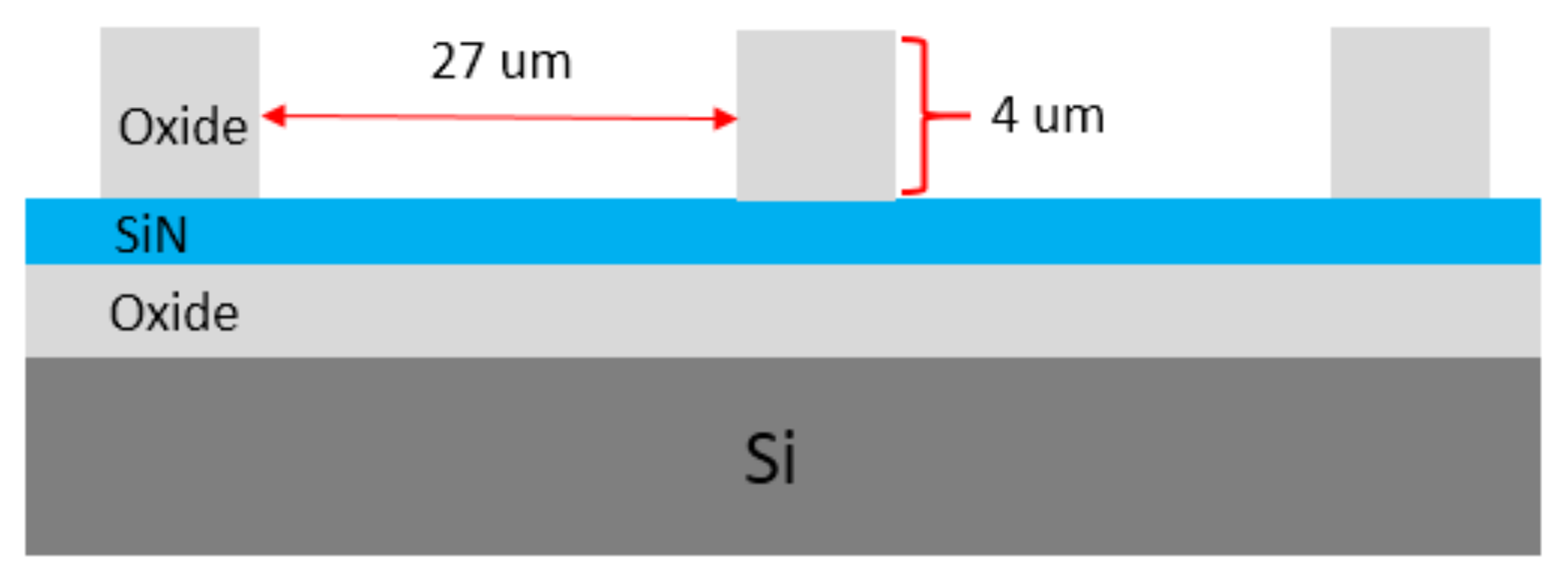
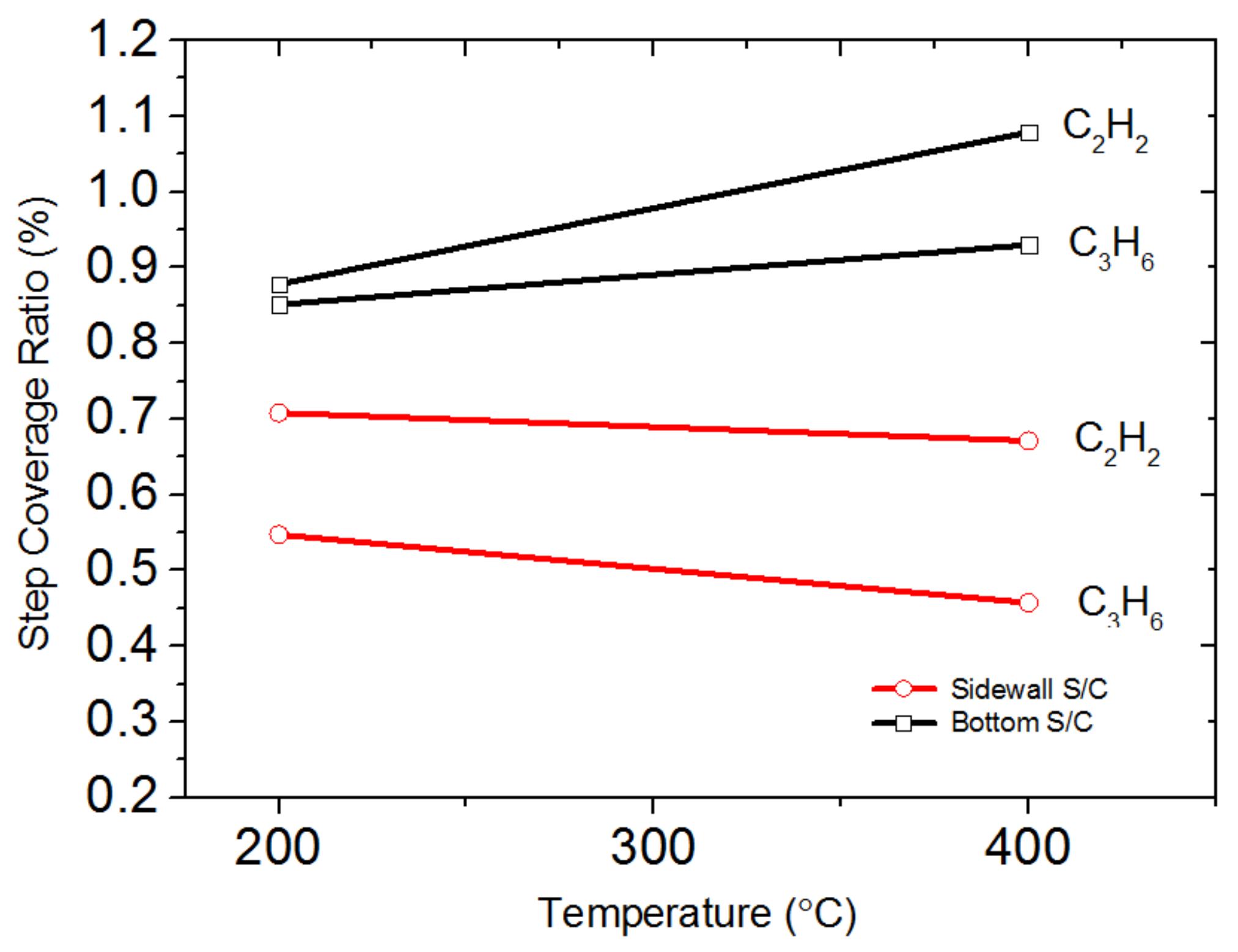
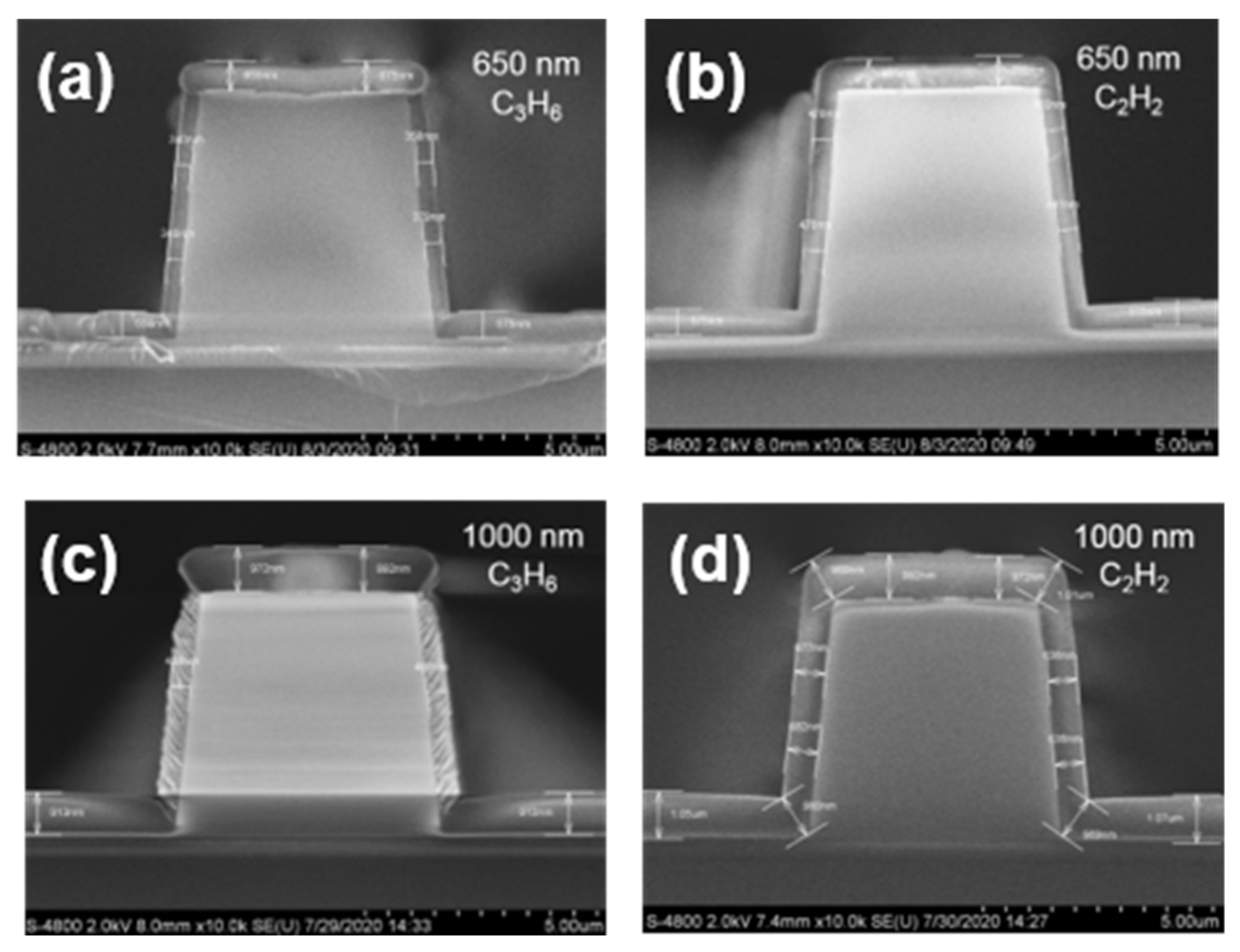
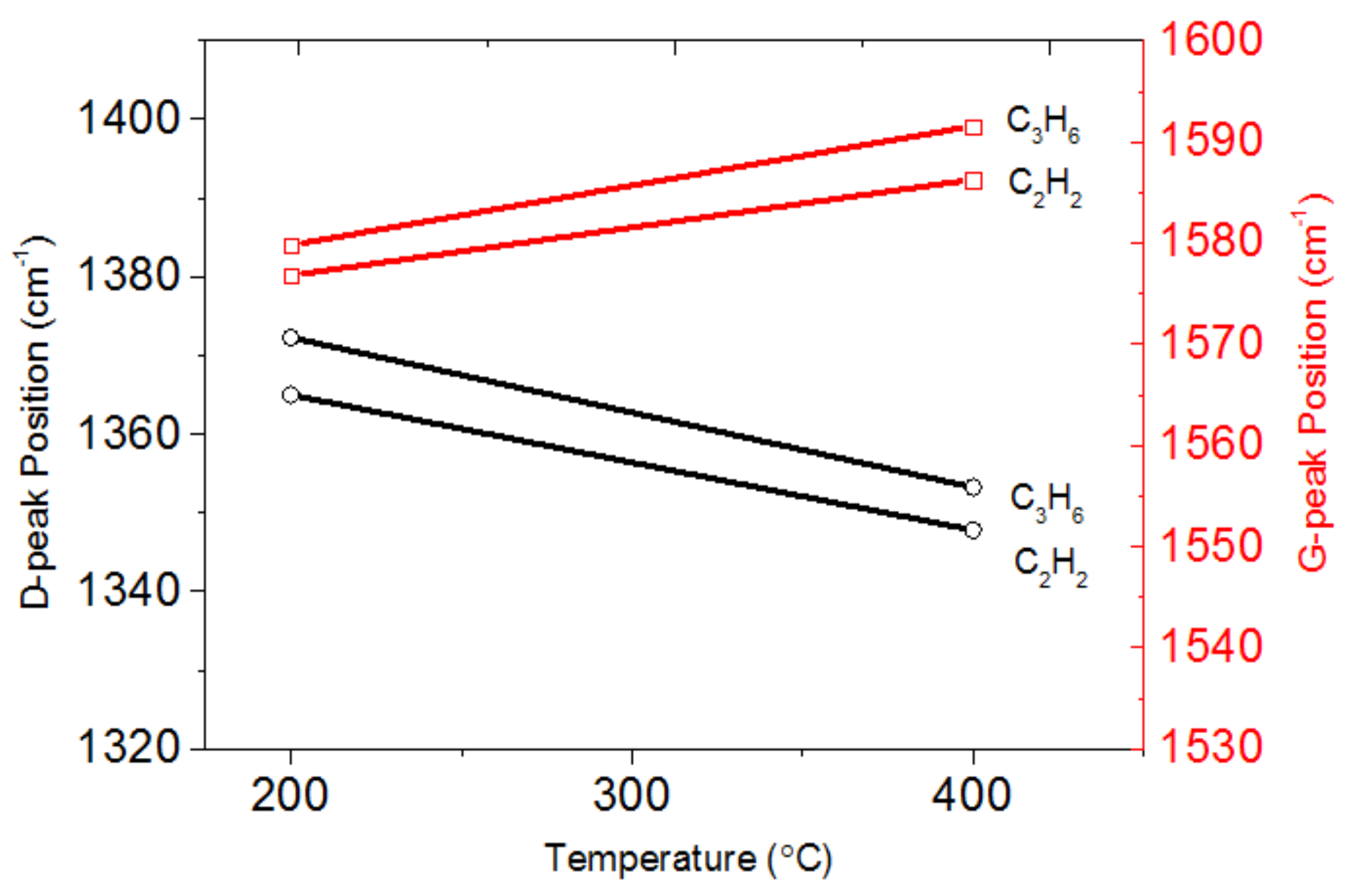

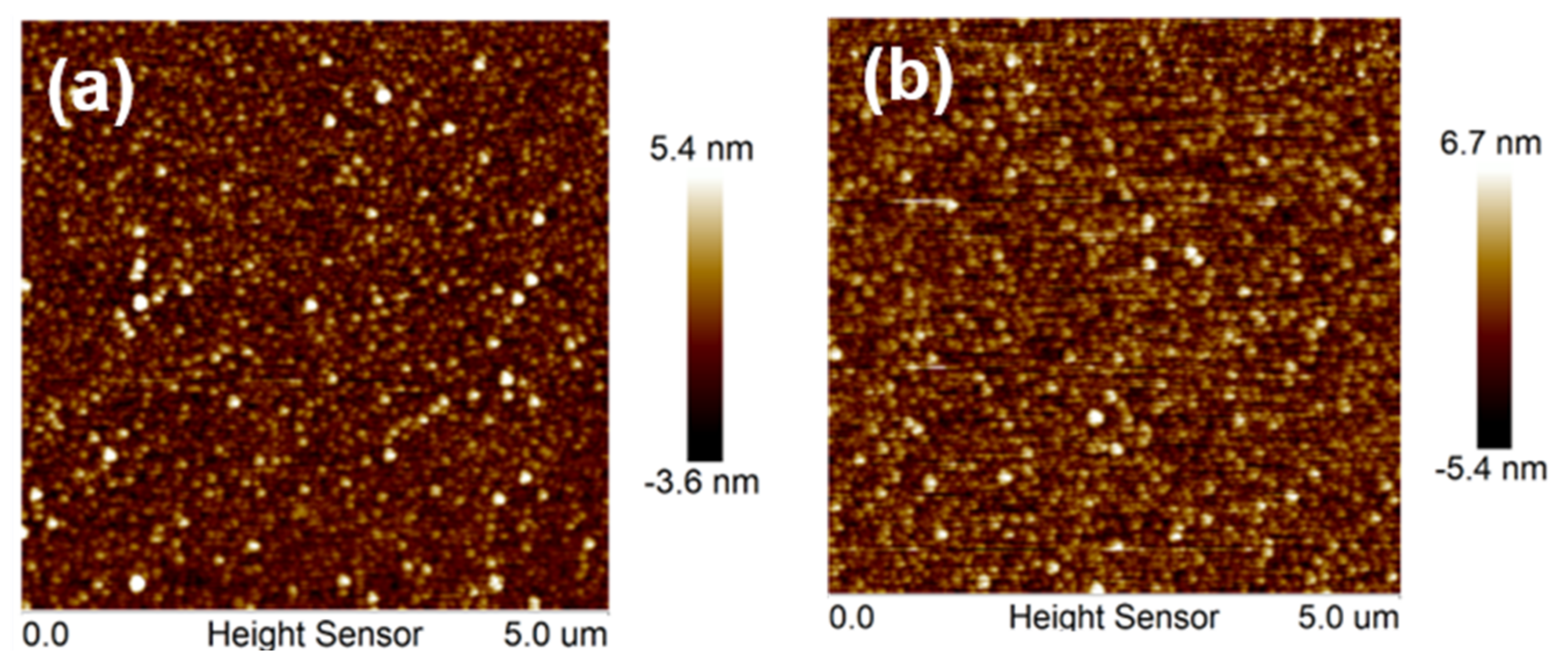
| Exp. | Temperature (℃) | HRF(W) | LRF(W) | C2H2 (sccm) | He (sccm) | Ar (sccm) | Press. (Torr) | Gap (mm) |
|---|---|---|---|---|---|---|---|---|
| 1 | A-200 | B | C | D | E | F | G | H |
| 2 | A-100 | B | C | D | E | F | G | H |
| 3 | A | B | C | D | E | F | G | H |
| 4 | A | B-150 | C | D | E | F | G | H |
| 5 | A | B-150 | C-100 | D | E | F | G | H |
| 6 | A | B-150 | C+30 | D | E | F | G | H |
| 7 | A | B+50 | C | D | E | F | G | H |
| 8 | A | B+50 | C+30 | D | E | F | G | H |
| 9 | A | B+50 | C-100 | D | E | F | G | H |
| 10 | A | B | C-100 | D | E | F | G | H |
| 11 | A | B | C+30 | D | E | F | G | H |
| 12 | A | B | C | D-150 | E | F | G | H |
| 13 | A | B | C | D+200 | E | F | G | H |
| 14 | A | B | C | D | E-1000 | F | G | H |
| 15 | A | B | C | D | E-500 | F | G | H |
| 16 | A | B | C | D | E+1000 | F | G | H |
| 17 | A | B | C | D | E | F-2000 | G | H |
| 18 | A | B | C | D | E | F+1000 | G | H |
| 19 | A | B | C | D | E | F+2000 | G | H |
| 20 | A | B | C | D | E | F | G-1 | H |
| 21 | A | B | C | D | E | F | G+1 | H |
| 22 | A | B | C | D | E | F | G+4 | H |
| 23 | A | B | C | D | E | F | G | H+1 |
| 24 | A | B | C | D | E | F | G | H+2 |
| 25 | A | B | C | D | E | F | G | H+4 |
Publisher’s Note: MDPI stays neutral with regard to jurisdictional claims in published maps and institutional affiliations. |
© 2021 by the authors. Licensee MDPI, Basel, Switzerland. This article is an open access article distributed under the terms and conditions of the Creative Commons Attribution (CC BY) license (https://creativecommons.org/licenses/by/4.0/).
Share and Cite
Jiang, Z.; Zhu, H.; Sun, Q.; Zhang, D. Step Coverage and Dry Etching Process Improvement of Amorphous Carbon Hard Mask. Electronics 2021, 10, 2512. https://doi.org/10.3390/electronics10202512
Jiang Z, Zhu H, Sun Q, Zhang D. Step Coverage and Dry Etching Process Improvement of Amorphous Carbon Hard Mask. Electronics. 2021; 10(20):2512. https://doi.org/10.3390/electronics10202512
Chicago/Turabian StyleJiang, Zheng, Hao Zhu, Qingqing Sun, and Davidwei Zhang. 2021. "Step Coverage and Dry Etching Process Improvement of Amorphous Carbon Hard Mask" Electronics 10, no. 20: 2512. https://doi.org/10.3390/electronics10202512
APA StyleJiang, Z., Zhu, H., Sun, Q., & Zhang, D. (2021). Step Coverage and Dry Etching Process Improvement of Amorphous Carbon Hard Mask. Electronics, 10(20), 2512. https://doi.org/10.3390/electronics10202512





